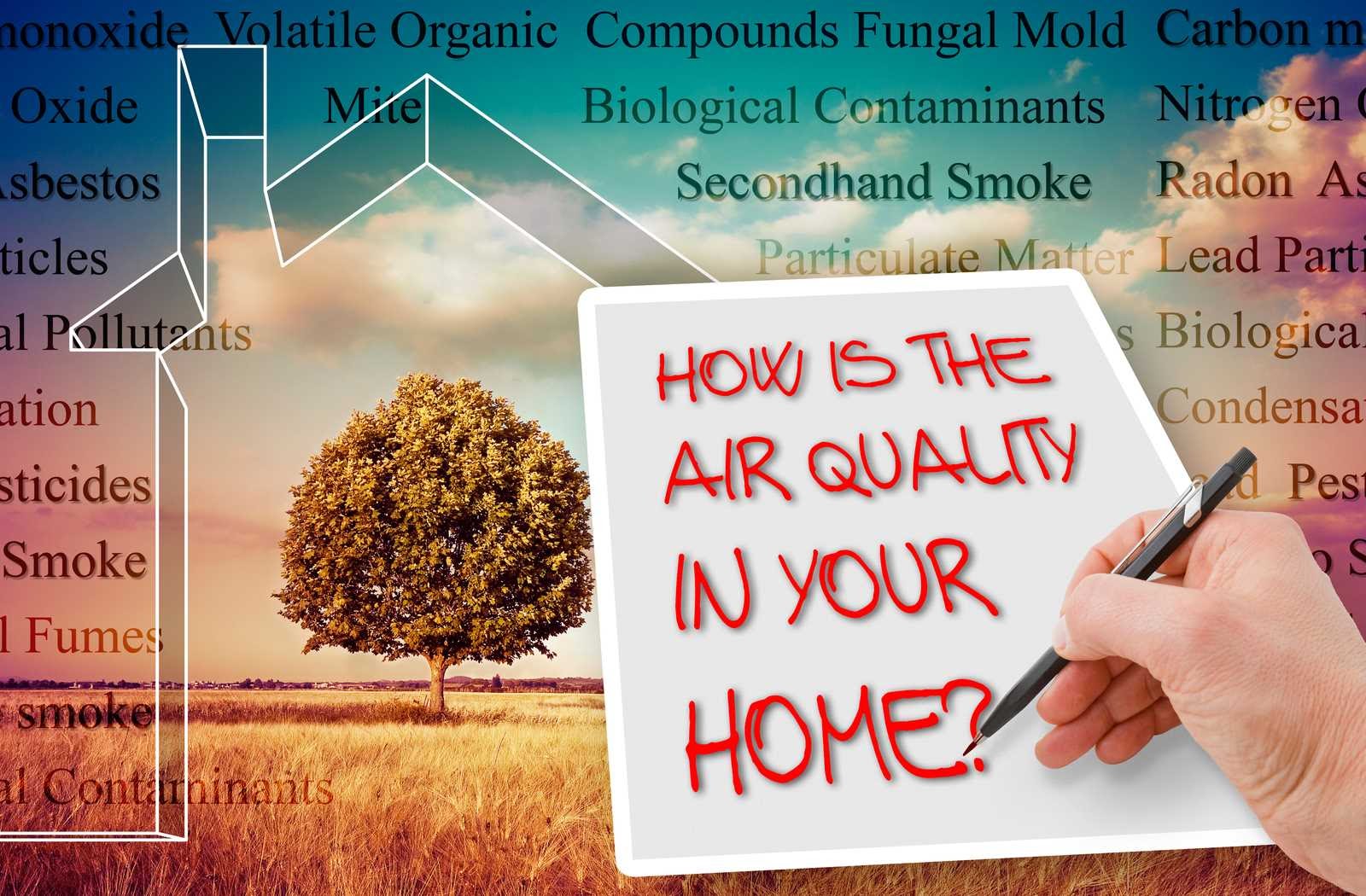The Significance of Good Indoor Air Quality
Air quality can be hard to get right, but it’s even harder to live without it. Outdoor air quality can present large scale problems that don’t have simple solutions. But indoor air quality can be very manageable.
That means making sure that the air you breathe in your home makes it a safe haven. It’s where you eat, raise your family, and where you and your loved ones sleep — so you need to make sure it’s a healthy environment.
Several components make or break air quality, so you can do your best on each one and ensure your home is a healthy place for you and your family. Boonstra has about six decades of ventilation experience guiding our hands, giving you an idea of what to do about air quality. Duct cleaning, air purifiers, and furnace filters can all help improve your indoor air quality.
Common Air Impurities to Guard Against
Pets who shed a lot, or even a little, can leave a significant buildup of shed fur or dander. This is a common issue we come across — and on top of normal dust levels, it can really degrade that quality of air.
Unfortunately, rats, mice, insects and other vermin can gravitate towards a ventilation system for its safety from predators. Worse still, their droppings create toxicity in the air flowing through your ductwork. Pest disposal services can’t always do a duct cleaning, so some air impurities might linger, even if you disposed of them a while ago.
Moreover, smoking indoors can cause damage over the long term, and it can quickly accumulate in your central ventilation if you make a habit of it. It’s really noticeable for guests or new occupants when they walk into a home with indoor smoking.
Hamilton is known for its summer heat and humidity, annually averaging 86% in the morning and 65% in the afternoon. If that humidity seeps into your ventilation, it can be a problem, since higher than 50% humidity in homes can become a breeding ground for mold.
The above contaminants are “the usual suspects” that we commonly find impacting a home’s air quality. But other possible pollutants can include:
- Excessive carbon dioxide (CO2), perfume, body odours – from too many people.
- Fibreglass, asbestos, gases, including formaldehyde – from building materials.
- Toxic vapours, volatile organic compounds (VOCs) – from workplace cleansers, solvents, pesticides, disinfectants, glues.
- Gases, vapours, odours – off-gas emissions from furniture, carpets, and paints.
- Ozone – from photocopiers, electric motors, electrostatic air cleaners.
Whether common or less so, it’s important to take care of your air quality by focusing on components in your ventilation system step-by-step. To tackle these impurities, you can divide them into two groups: biological impurities, including mold, pests, and VOCs; and non-living impurities, including cigarette smoke, pet hair, gases, vapours, building material debris, dust, etc.
Air Purifiers

Air purifiers are becoming critical components in preserving air quality in homes. They handle the most common biological impurities that filters don’t really guard against. Ultraviolet light-emitting air purifiers bombard any microorganisms like mold, fungi, and even some viruses in ventilated air. That way, the air you breathe is safe from them or their free-floating spores.
These purifiers are used in hospitals and other sterile facilities, because they’re so effective in eliminating the community health risks posed by hospital-born superbugs.
But handling any equipment that deals with the specific type of UV light needed for air purification is risky. We don’t have this type of radiation on earth, for the most part. A certified air quality technician can install and maintain these UV purifiers safely, so you won’t be exposed.
Furnaces & Forced Air Conditioning
Furnaces can be a sticking point for air quality. The majority of furnaces that Boonstra technicians have worked on or installed in the Hamilton area have natural gas burners doing the heating. This means natural gas issues come with the territory.
The flames have to be burning blue. Otherwise, your home’s air quality could drop to dangerous levels. The burner’s exhaust is called flue, and your exhaust duct carries the flue’s carbon monoxide away from your ventilation.
The best way to address this air quality hazard is on-time furnace maintenance. Boonstra technicians always do a check on the exhaust ducting, along with other spot checks. A musty smell coming from the ventilation is typical after the first couple of days your furnace is back online in the fall. But you should call for furnace repair if it persists beyond 2 days.
Change Your Furnace & Ventilation Filter
Furnace maintenance should be done by a trustworthy professional, but changing the filter more often can vastly improve the air coming from the ducts — and the best part is that it’s something you can do yourself. The filter can catch dust, pollen, dander, and other particles. Change the furnace filter yourself, at least every 3 months, for best results.
If you have pets that shed or allergies, you may want to replace it more frequently, even as often as once per month. Although your furnace isn’t running in the summer (whether or not you have forced-air air conditioning), the air still moves through the central ventilation — so filter replacement is a year-round concern for air quality.
Duct Cleaning
Your HVAC system, meaning your furnace and central air conditioning, depends on the ductwork of your home’s central ventilation. All the air that gets moved around, whether heated or cooled, goes through your ducting.
Air quality is very much dependent on the condition of your ducts, so regular duct cleaning is essential. Toxic mold growing in the ducts due to Hamilton’s humidity can’t be dealt with by a central air purifier, so duct cleaning is really the only way.
When dust visibly “poofs” out of the supply registers with your central ventilation on, it’s a strong sign to have your ducts cleaned right away.
Breathe Easy
Gases are a little trickier to guard against than particles or microorganisms. Cracking all windows after dealing with paints, solvents, or construction materials will go a long way to keeping the air quality in your home safe.
For the more regular buildup of contaminants, air filtration catches stuff larger than 100 microns in length. On the other hand, air purification and duct cleaning can root out the biological impurities. Together, decent filtration, purification, and duct cleaning go a long way to purifying the air coming from your ventilation.
The air you breathe indoors can affect your health, your mood, and your guests’ opinion of you, so it’s essential to do what you can to safeguard the circulating air — and keep your respiratory health secure at home.







